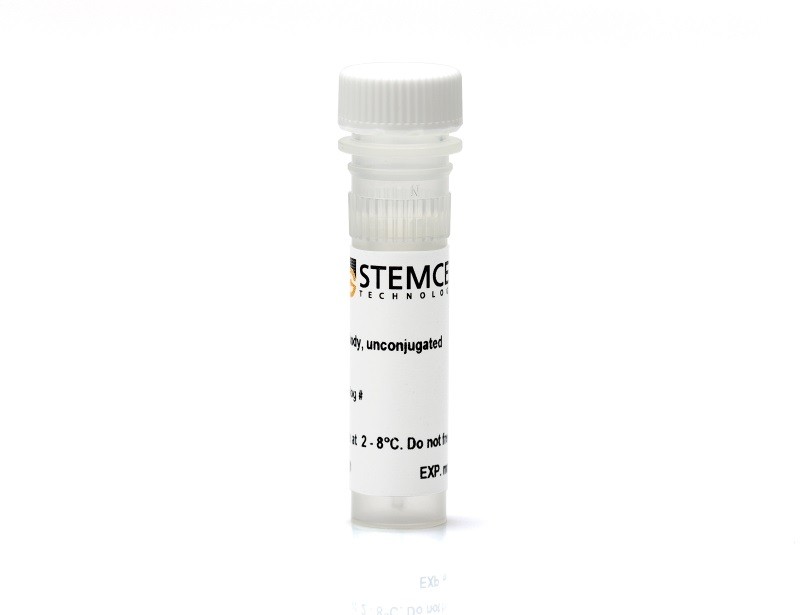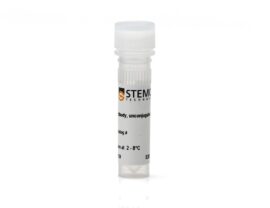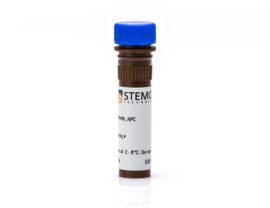
Overview
The FR4D11 antibody reacts with CD10, a 100 kDa type II transmembrane glycoprotein. CD10 is a cell surface enzyme with neutral metalloendopeptidase activity which inactivates a variety of biologically active peptides. CD10 is expressed on the cells of lymphoblastic, Burkitt, and follicular germinal center lymphomas, immature and transitional B cells within adult bone marrow, and on blast cells from patients with chronic myelogenous leukemia (CML). CD10 is also present on breast myoepithelial cells, bile canaliculi, fibroblasts on the brush border of kidney, and gut epithelial cells. Most notably, CD10 was reported to mark human mammary bipotent progenitor cells.
Subtype: Primary Antibodies
Target Antigen: CD10
Alternative Names: Common acute lymphoblastic leukemia antigen (CALLA), enkephalinase, gp100, membrane metalloendopeptidase (MME), neprilysin, neutral endopeptidase (NEP)
Reactive Species: Human
Conjugation: Unconjugated
Host Species: Mouse
Cell Type: Mammary Cells
Application: Cell Isolation; Immunohistochemistry
Area of Interest: Stem Cell Biology; Epithelial Cell Biology
Clone: FR4D11
Gene ID: 4311
Isotype: IgG1









